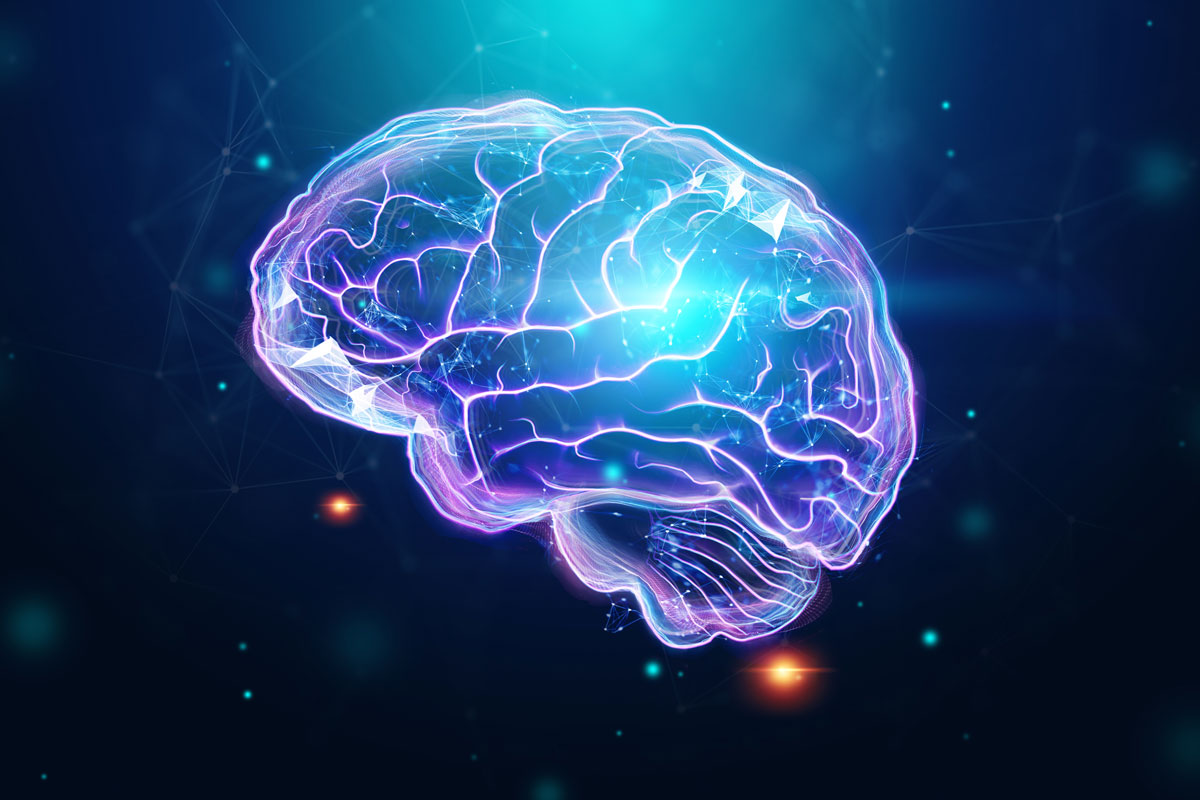
For decades, scientists believed the adult brain was immutable – fixed and incapable of change, especially in the face of injury.
But in recent years it’s been shown that the brain is a remarkably resilient organ, capable of re-designing itself to learn new skills and recover lost functions. Stanford neurosurgeon Gary Steinberg, MD, PhD, is capitalizing on that potential with an innovative approach aimed at helping stroke patients move once-paralyzed limbs, regain their ability to speak and resume daily activities. His approach relies on the newly discovered power of stem cells to spark regeneration of neurons and networks in the brain that control our ability to perform day-to-day tasks.
As a neurosurgeon, Steinberg has long been frustrated by the lack of treatments for stroke, which affect some 800,000 people a year in the United States alone. It is the fourth leading cause of death in the nation and the single biggest cause of disability. The U.S. spends roughly $100 billion a year on stroke-related costs.
